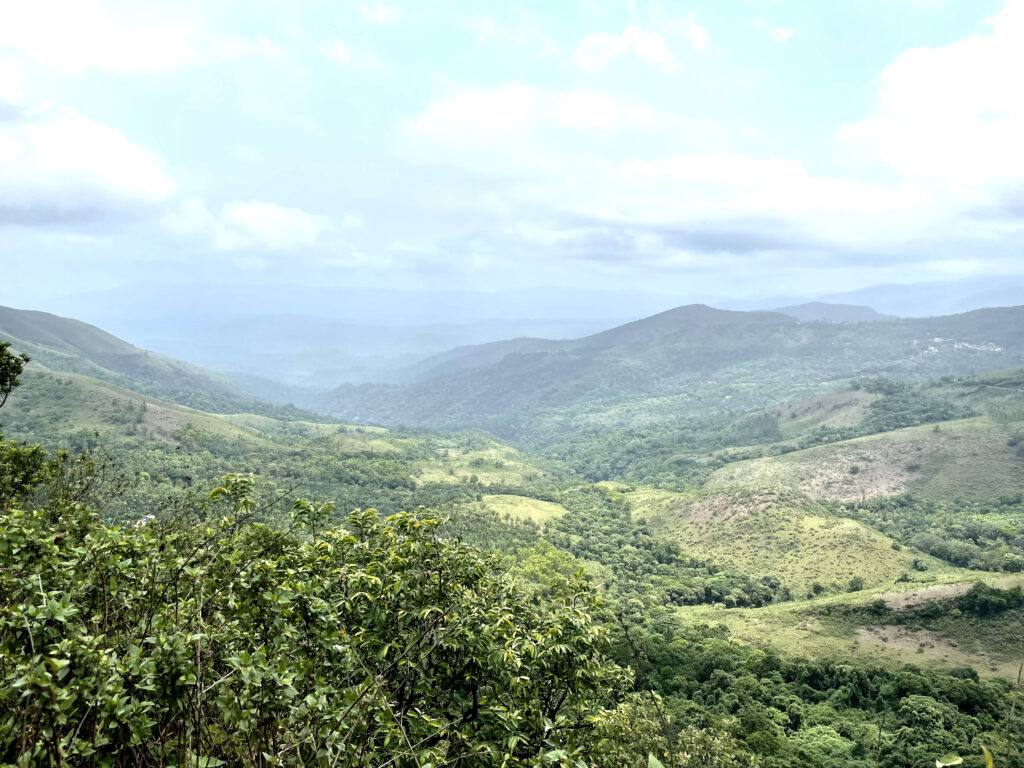Intro: A journey through India’s coffee culture

Germany is a coffee nation. The beans often come from Brazil, Vietnam, or Colombia. For some time now, they have also been coming from India. They account for about 3 percent of global cultivation, and the Indian coffee market is booming. For millions of Indians, filter coffee is part of their morning routine. The older generation in some cases still roasts the beans at home in the pan, but only in the southern Indian states, including Karnataka, Kerala, and Tamil Nadu, the traditional coffee-growing regions, and newer ones like Andhra Pradesh. Moreover, only in India is there the special Monsoon coffee, which was created entirely by accident.
As a legacy of the colonial era, coffee was not widely consumed by the locals. This changed in 1942 with the establishment of the Coffee Board of India, which to this day promotes coffee cultivation, including Arabica at cooler altitudes and Robusta in hot-humid climates. The rainy season provides enough water, which is collected in lakes – and the coffee cherries are still harvested by hand, because coffee doesn’t grow in mono plantages, but in the shade next to pepper plants. Sometimes on between citrus trees and avocados. In addition, Indian coffee beans have a low-acid quality. All this makes Indian coffee not so cheap – in contrast to Germany – where roasted beans from faraway countries were often sold at rock-bottom prices.
As part of the NEUSTART KULTUR scholarship, the journey to India’s coffee continues here, in articles, and on Instagram. #indiancoffeetrailing.